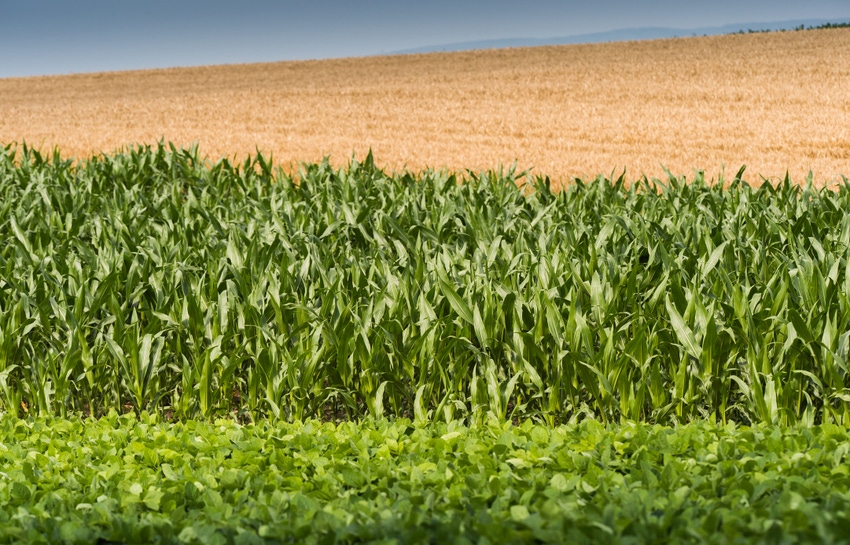
USDA on Friday forecast smaller corn, soybean and wheat harvests in 2017 due to lower acreage for corn and wheat, and lower yields for all three crops. The data was released during USDA’s annual outlook forum under way in Arlington, Virginia.
Corn: Crop 14.065 billion bushels, down 7% from 2016, with an estimated yield of 170.7 bushels per acre versus last year’s record 174.6.
Soybeans: Crop 4.18 billion, down 3%, with an estimated yield of 48 bpa versus 52.1.
Wheat: Crop 1.837 billion, down 20%, with an estimated yield of 47.1 bpa vs 52.6.
Ending stocks: Corn 2.215 bln vs 2.320 bln (prev year), soybeans 420 mln unchanged, wheat 905 mln vs 1.139 bln.
USDA’s planted acreage estimates were released on Thursday morning during the forum while the supply and demand estimates were posted on USDA’s forum website early on Friday.
The lower corn and soybean yields are based on “a weather-adjusted trend assuming normal growing season weather," USDA said.
“Despite lower yields, area harvested is projected to be a record leading to the second largest crop, exceeded only by the previous year,” USDA said of the soybeans.
The lower wheat acreage was due to “a 3.8-million-acre decline in winter wheat.” Winter wheat seedings are estimated at 32.4 million acres, the lowest in 108 years.
“Drought conditions in much of the Northwest and Northern Plains have largely abated while sections of the hard red winter wheat belt in the Central and Southern Plains are experiencing dry conditions. In particular, areas of eastern Colorado, western Kansas, and parts of Oklahoma are experiencing areas of moderate to severe drought,” USDA said.
Farm Futures senior grain market analyst Bryce Knorr said the agency’s production forecasts are in line with his own outlook. But he was surprised the agency didn’t include more corn demand in its balance sheet. “Exports and feed usage could be better than the agency projects, which could take corn stocks down closer to 2 billion bushels,” said Knorr. “Still, that’s a lot of corn, so we’re still very much in a supply-driven market that will depend on weather scares for selling opportunities.”
“I’m still not convinced wheat stocks will be as low as USDA projects. Neither old or new crop export demand looks as good as the agency projects.”
About the Author(s)
You May Also Like




